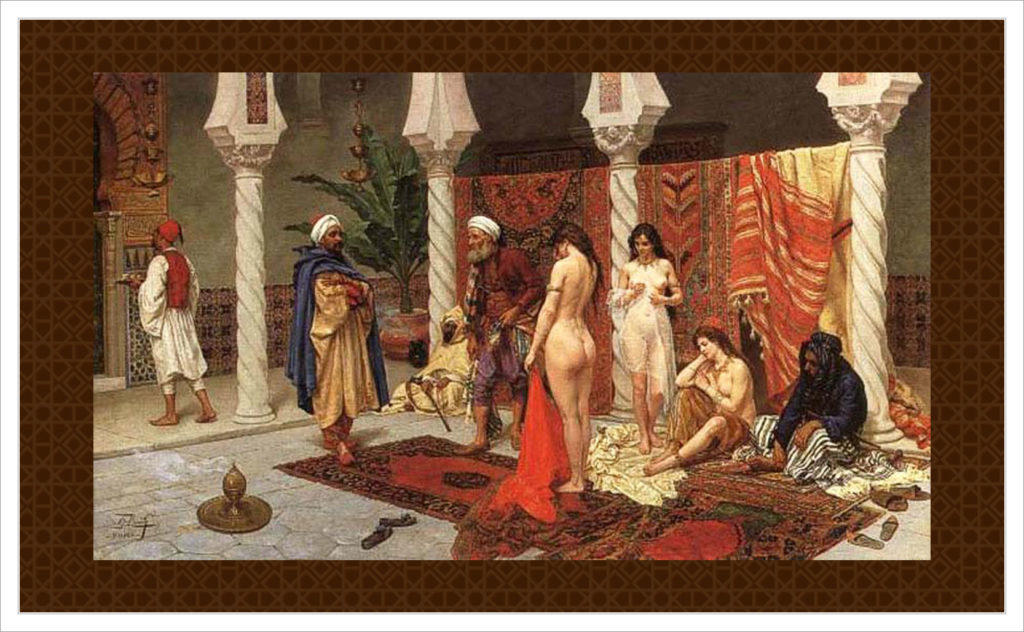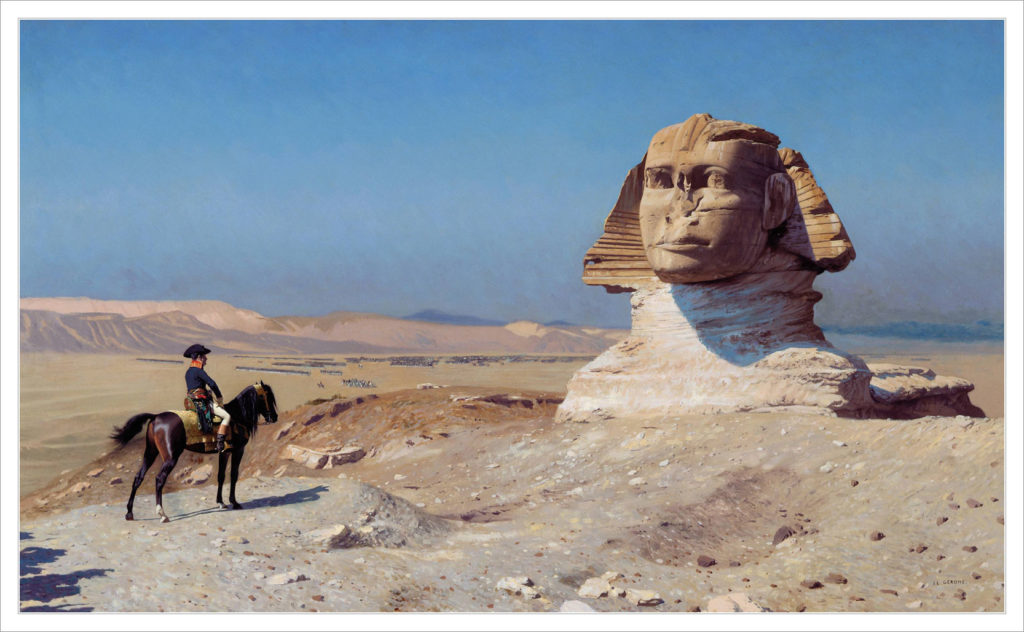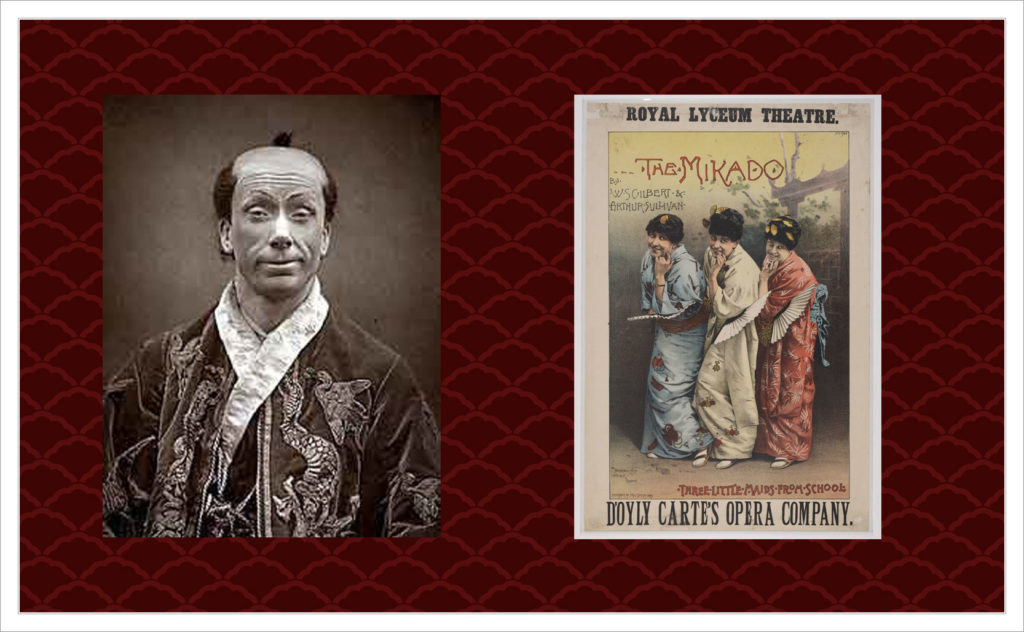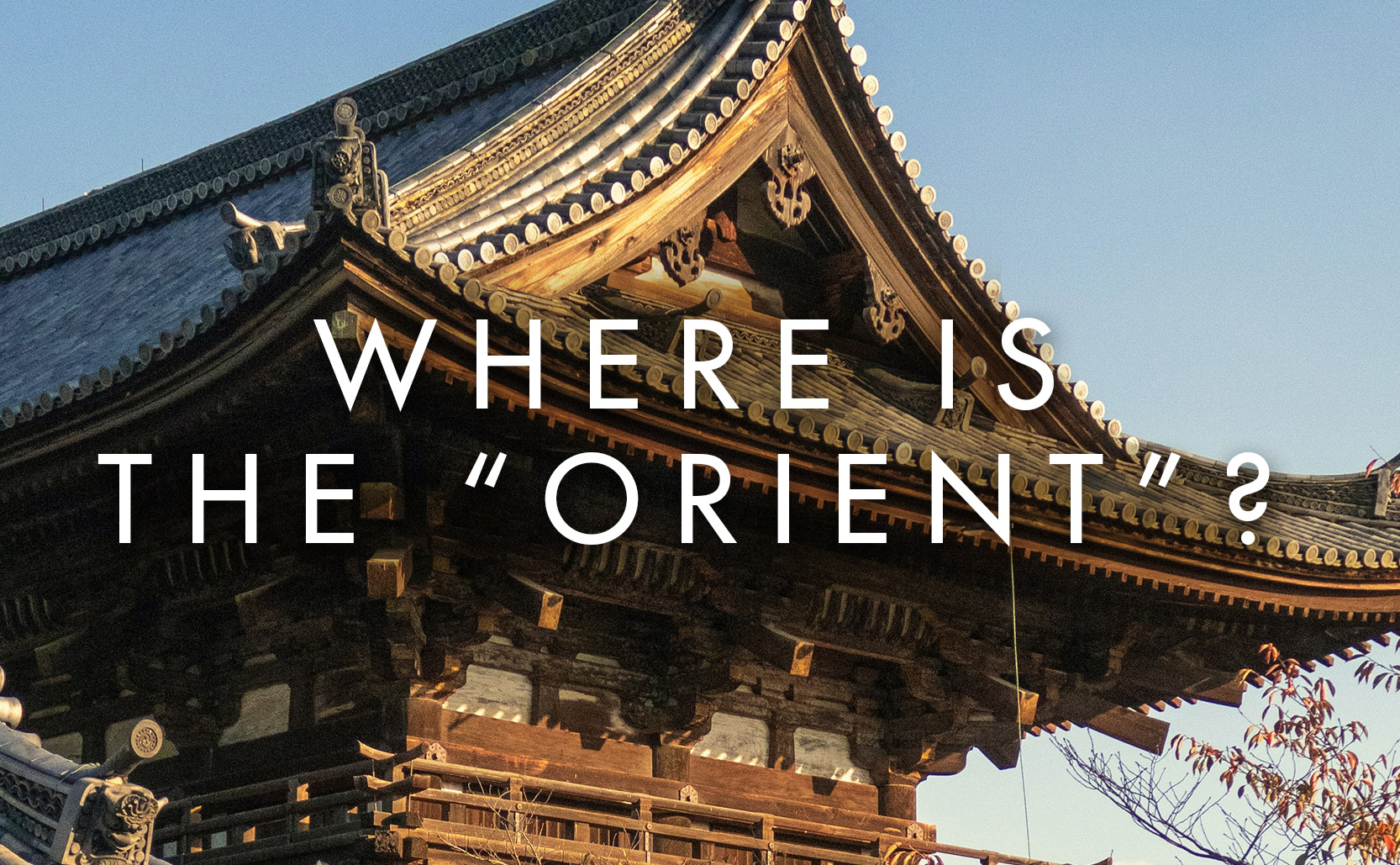Where is the “Orient”?
The Orient refers to places east of Europe, but where exactly depends on when you are asking.
Pinning down the location of the Orient depends on where you are and when you are. The word “orient” comes from the Latin for “east” so it generally means “the east” but more specifically it has meant “east of Europe.”
As Europeans traveled further abroad, the lands they considered “the East” aka “the Orient” was progressively pushed further east. For the Ancient Romans the Orient started as basically anything east of modern day Italy. The Eastern Mediterranean Levant area, Egypt, even along North Africa (which isn’t even east, it’s south of Europe) all became part of the “Orient.” These areas eventually became the “Near East” as the Orient came to include what is now the “Middle East” because eventually Europeans were interacting with people in the “Far East” coasts of Asia. All of these areas were at one point included in what was considered the “Orient.”
Because of this non-specific generalized term, things that are “oriental” can be from a pretty wide variety of cultures. While the Orient Express train line only went as far east as Istanbul, Oriental Medicine generally refers to medicine from much further away in East Asia. Oriental spices can range from the Middle East to the Far East of Asia, but Oriental rugs have an even wider range across two continents from Morocco to the Pacific coast of Asia.
Orientalism
As Europeans traveled to these “new” lands, western artists seized the opportunity to create exotic works of art based on these little know worlds. Orientalism was a movement especially present throughout the 19th century in music, literature, and the visual arts where these distant cultures were represented to varying degrees of authenticity. At best it was an opportunity for artists to create something exotic and new, but at worst it was an exploitative way to get attention. Orientalism could be an excuse to paint fairly salacious scenes of Muslim harems or Turkish baths with little accuracy.

Like defining exactly where the Orient was, orientalized art ranges from North African motifs, to Turkish, to East Asian and everything in-between. Egyptian orientalism was kickstarted by Napoleon’s invasion of Egypt, a fascination which also made its way to the United States (which is why the Washington Monument is, essentially, a massive Egyptian obelisk).

As European powers pushed further eastward, such as the forced opening of Japan in 1858, orientalism turned more towards East Asian cultures. One example is the Gilbert & Sullivan opera The Mikado which was set in Japan but had no real interest in accuracy to Japanese culture. Gilbert & Sullivan were looking to capitalize on England’s latest fad for all things Japanese.

Problems with the Orient
The lack of specificity is just one of the problems with the term “oriental”. Oriental is also European-centric at the exclusion of other cultures. Further, as the term “oriental” came to include not just lands & cultures but also the people of those cultures, the word developed a long racist history of being used in anti-Asian propaganda.
As such the term has mostly fallen out of favor. The best advice is to be specific to where/what/who you are talking about.


